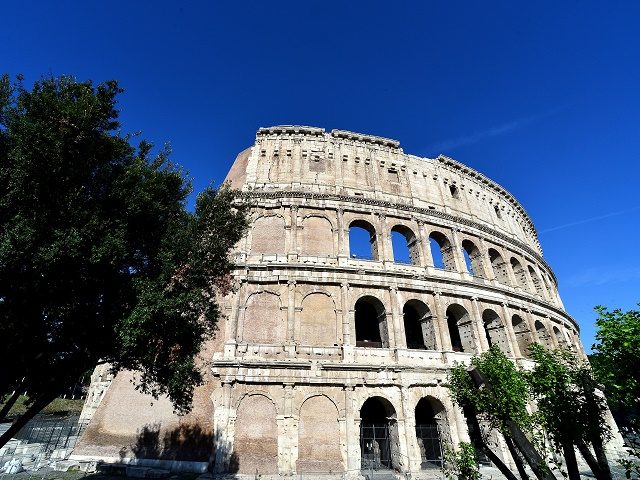The Colosseum has recently completed a multimillion dollar restoration, leaving Rome’s most iconic structure gleaming white and more imposing than ever under the Italian sun.
“It’s a beautiful day for Rome, the Colosseum and Italy,” said Italian Minister of Culture Dario Franceschini, who underscored the importance of private funding from luxury shoe maker Tod’s that made the project possible.
“For us it is an important day because this intervention was done with private funds after years of silly barriers between public and private in the protection of our cultural heritage,” Franceschini said at a press conference last Friday.
This first stage in the restoration project lasted three years, and involved extensive cleaning to remove decades of grimy buildup that had left the ancient arena looking tired and uncared for.
The director of the restoration, architect Gisella Capponi, said that the cleaning allows the Colosseum’s oatmeal tones of travertine stone to show forth their original beauty. “The coloration highlights the monument” while the stains and soot “gave an image of being more a ruin than it really is,” she said.
This stage cost some 6.5 million euros ($7.2 million), a fraction of the 25 million euros that Tod’s has ponied up for the entire project.
The culture minister has announced that 18 million euros will be spent on replacing the Coliseum’s floor with one that could stand up to modern-day requirements, which will involve “cultural events of the highest level,” Franceschini said.
This second stage, set to run through 2018, will also entail the construction of a visitors’ center and the restoration of the amphitheater’s lower level, where gladiators readied for combat, and wild beasts were held in preparation for their bloody encounters. The arena’s drainage system will also be overhauled to meet contemporary requirements.
Construction of the Colosseum—or “Flavian Amphitheater” as it was originally called—was begun in the year 72 AD under the emperor Vespasian and was completed eight years later under his heir, the emperor Titus. The Colosseum, a UNESCO World Heritage site, is the largest amphitheater ever built.
Follow Thomas D. Williams on Twitter Follow @tdwilliamsrome

COMMENTS
Please let us know if you're having issues with commenting.